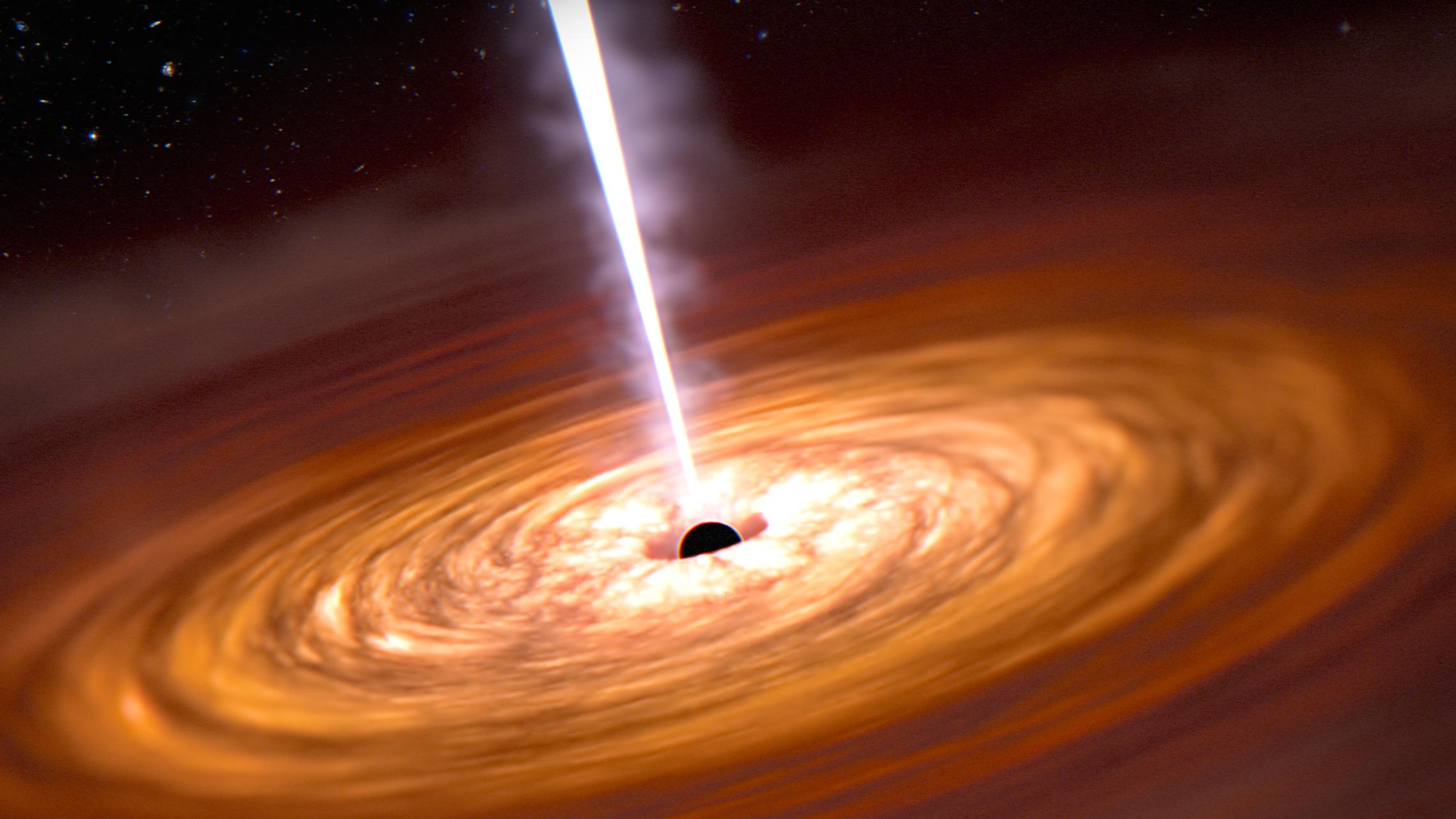Astronomers have made a puzzling discovery using the James Webb Space Telescope (JWST): supermassive black hole-powered quasars dating back 13 billion years, appearing in isolation. This revelation defies current models, which suggest that black holes require an abundance of surrounding material to rapidly grow. Instead, these quasars seem to exist in nearly barren regions of space, leaving scientists baffled as to how they amassed so much mass so quickly.
A team led by Anna-Christina Eilers, an assistant professor of physics at MIT, examined five of the universe’s earliest known quasars. While some of these quasars were located in dense environments, others were found in nearly empty fields, a surprising discovery. Typically, quasars thrive in regions rich with gas and dust, which black holes use as fuel to grow. Yet, the seemingly isolated quasars observed by JWST challenge this understanding. Eilers expressed the mystery succinctly: “It’s difficult to explain how these quasars grew so massive if there’s nothing nearby to feed them.”
This unexpected finding has put pressure on existing theories of black hole growth. In today’s universe, supermassive black holes are found at the centers of galaxies, pulling in nearby matter to fuel their growth, which produces the bright emissions seen in quasars. However, the newly identified quasars seem to lack such resources, sparking a debate about whether we need to rethink our understanding of how black holes in the early universe could have become so large in such a short span of time.
Scientists are now faced with a perplexing challenge: coming up with new or revised theories that account for these isolated but rapidly growing quasars. Some ideas propose that perhaps these black holes had an extraordinary initial boost or that unknown mechanisms may have supplied them with matter early on. Whatever the explanation, these observations from JWST are revolutionizing our view of how the cosmos evolved, demonstrating that the formation and growth of black holes might be far more complex than previously believed

















